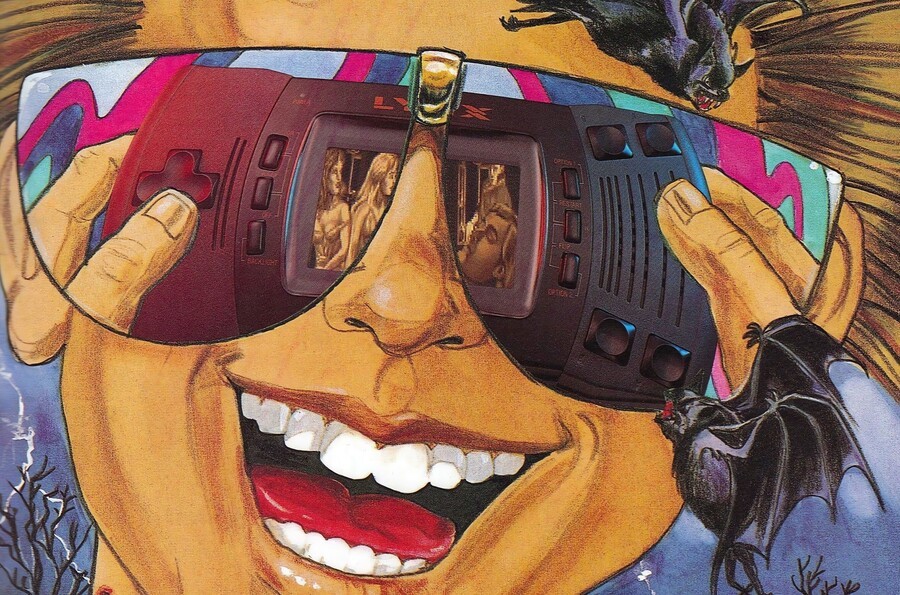
The arrival of the Game Boy in 1989 triggered something of a gold rush in the realm of dedicated handheld video game consoles, with Sega, Atari and NEC all bringing out their own portable devices to market in a short space of time.
While none were as successful as Nintendo's machine, Sega's Game Gear did moderately well, selling over 10 million units, and was only discontinued in 1997. Atari's Lynx, however, had a shorter lifespan and only sold two million units.
Originally created by former Amiga designers R. J. Mical and Dave Needle at Epyx, the 'Handy Game' (as it was then called) was taken to CES in 1989 with the objective of securing the support of one of the key industry players, as Epyx itself lacked the distribution muscle to take the console to market and was experiencing financial issues – issues which would eventually bankrupt the company.
While Atari was ultimately the firm which snapped up the project at CES, it turns out that Sega was much closer than was previously reported to picking it up.
The fact that Epyx was courting hardware partners isn't new news, but a fresh interview reveals the preparation Sega made towards inking a potential deal – which included constructing a designated area for the product at CES '89.
Speaking with the Sega Guys alongside Tom Kalinske, former Director of Global Marketing for Sega of America Al Nilsen explains:
"The interesting thing and we haven’t talked about it a lot over the years — Tom, I’m not even sure you know this — Game Gear was almost not our first handheld system. When we were getting ready to launch Genesis, Sega was in discussions with Atari about possibly marketing the Atari Lynx under the Sega brand. So when we were building the booth for the Consumer Electronics Show in 1989 where we launched Genesis, I had a separate area and display stand all set, just in case the decision was made for us to go and carry the Lynx. But that never went through and Atari did that."
Would the Lynx have been more of a success in Sega's hands? We'll never know, but it's nonetheless fascinating to ponder what Sega's internal development teams could have done with the Handy Game hardware – which, lest we forget, had some pretty impressive specs for the time, including hardware support for the zooming and distortion of sprites.
